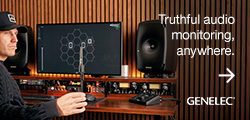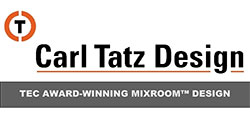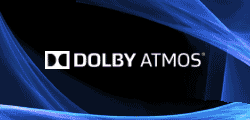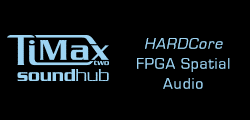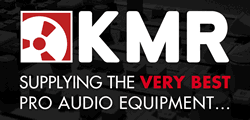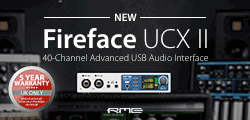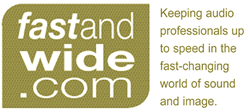 I recall a novel demonstration of audio cable given at an IBC show a few years back. Well, it was as much a demonstration of a piece of wet string as what you’d call audio cabling. In fact it was just that – a simple playback system using wet string to help deliver the Eagles’ trade show eternal demonstration favourite, ‘Hotel California’.
I recall a novel demonstration of audio cable given at an IBC show a few years back. Well, it was as much a demonstration of a piece of wet string as what you’d call audio cabling. In fact it was just that – a simple playback system using wet string to help deliver the Eagles’ trade show eternal demonstration favourite, ‘Hotel California’.
Wet string theory
While the ‘wet string demo’ could have been a dry observation on the obsessive use of ‘Hotel California’ in trade show demos, it was actually a precursor to the release of some new cable at the recent IBC and Plasa shows – and some strong talk on the issue from Canford Audio founder Iain Elliott. Unless he is hiding behind the proven resilience of ‘Hotel California’, Elliott has designed a range of audio cables ‘optimised for both analogue and digital use’.
Canford is now offering what appears to be a full-frontal contradiction of the many warnings of the dire consequences of using the ‘wrong’ cable. According to Elliott, an impedance of 100Ω ‘has been proven to be an optimal impedance for AES/EBU digital audio signals as well as analogue microphone and line level signals’. ‘We have had clients asking for a unified design that can handle both analogue and digital signals for some time and commissioned research into the most suitable impedance for these “hybrid” cable types,’ he says. ‘When you take into account how robust the AES/EBU digital audio signal actually is, we decided that 100Ω was the way to go. It also enables the cable size to be reduced to manageable dimensions and to maintain a lower cost of production which can be passed on to the customer.’
In fact, the reasons for the use of cable ‘characteristic impedance’ are historical, referring back to the early telecomms industry and the considerably longer cable runs required than in pro audio. And we're stuck with that legacy...
‘The AES digital audio specification defines an operating impedance of 110Ω but also allows an operating tolerance that has enabled 100Ω fixed structured cabling installations to be used for the distribution of digital audio with relative confidence,’ Canford’s Chas Kennedy elaborates. ‘The widespread adoption of 100Ω cables in digital applications has led to the reverse question of whether such cables are suitable for traditional analogue applications. The simple answer to this is yes but… if the analogue application was, for example, the use of a quad construction cable for minimising induced noise, or for high-power transfer such as loudspeaker use, this is less likely to be consistent with 100Ω cable. In general terms, however, using cables such as Canford’s D’n’A range in analogue applications will be perfectly acceptable.’
‘It is perfectly viable,’ agrees VDC’s Dug Guthrie, ‘We have a Van Damme LSZH installation multicore range called Digilog – which is an analogue or AES multicore and which we introduced in 2007– so the Canford cable is not a cutting-edge development by any means. We have also recommended that the Van Damme Green Series AES cables are perfectly suitable for analogue audio for years too.’
Hi tech or old rope?
Guthrie points out that another UK company, Kelsey, has also had a dual-purpose AES/analogue multicore cable for a number of years, and that the reason behind Van Damme’s separate analogue and AES ranges is to do with the practicalities of conductor size rather than any electrical issue. ‘I’d say the most newsworthy part of this story is not the dual usage, but that Canford have applied it to most of their existing audio cable range,’ he says. And having resolved the technical challenge, the company faces a marketing challenge – educating users on the dry subject of cabling…
While it is irresponsible to suggest that digital and analogue cables have suddenly become readily interchangable, Canford’s D’n’A range (digital and analogue, I’d suggest) draws welcome attention to the possibilities offered by dual-use cable, and raises questions around installers and integrators’ familiarity with transmission theory. There is plenty of friendly and useful information available in print and on-line (some good stuff from Canford and from Hugh Robjohns), but is it being soaked up? While Audio Video Bridging is eager to relieve integrators of the intricacies of systems architecture, it may be time for some ‘back-to-basics’ physics on interconnects.




